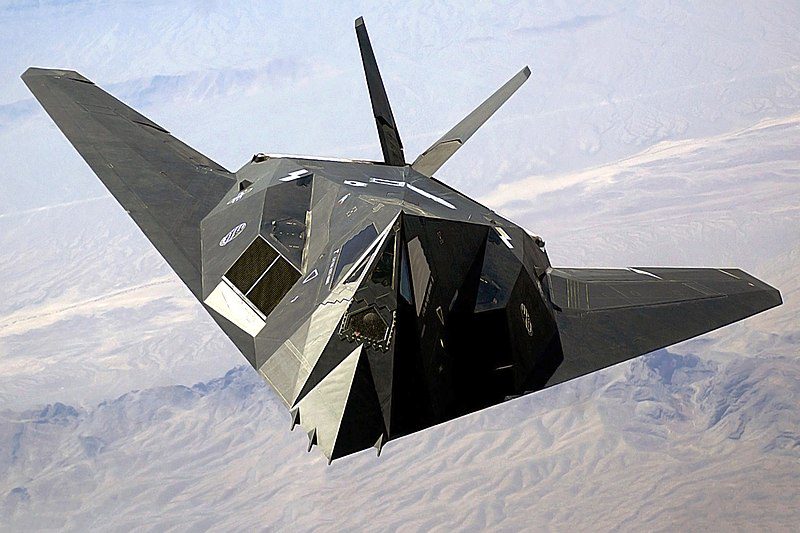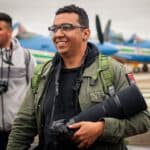On June 18, 1981, a black diamond-shaped aircraft took off from the infamous Area 51, the most famous military base in the world. For almost 10 years the same aircraft operated in secret in the region, flown by pilots and cared for by hand-selected mechanics. Even their families didn't know what they did at work.
Your name? F-117 Nighthawk. Manufacturer? Lockheed Corporation. Occupation? Attacking targets without being detected by enemy radars, whether tactical or strategic objectives. 40 years ago, the first stealth aircraft made its maiden flight in the Groom Lake area of Nevada.
Stealth means stealthy and in military aviation the term refers to the ability of a given aircraft to absorb or deflect incoming waves from enemy radars. The radar can detect and track a given target through waves that are sent and return to the emitting aircraft. If a given aircraft absorbs or deflects the waves in a direction other than the emitting aircraft, it “remains undetected.”
The Nighthawk was officially retired in 2008, but it still flies in the US to this day. Even after four decades since its first flight, the plane that “paved the way” for the B-2, F-22 and F-35 is still shrouded in secrets and mysteries.
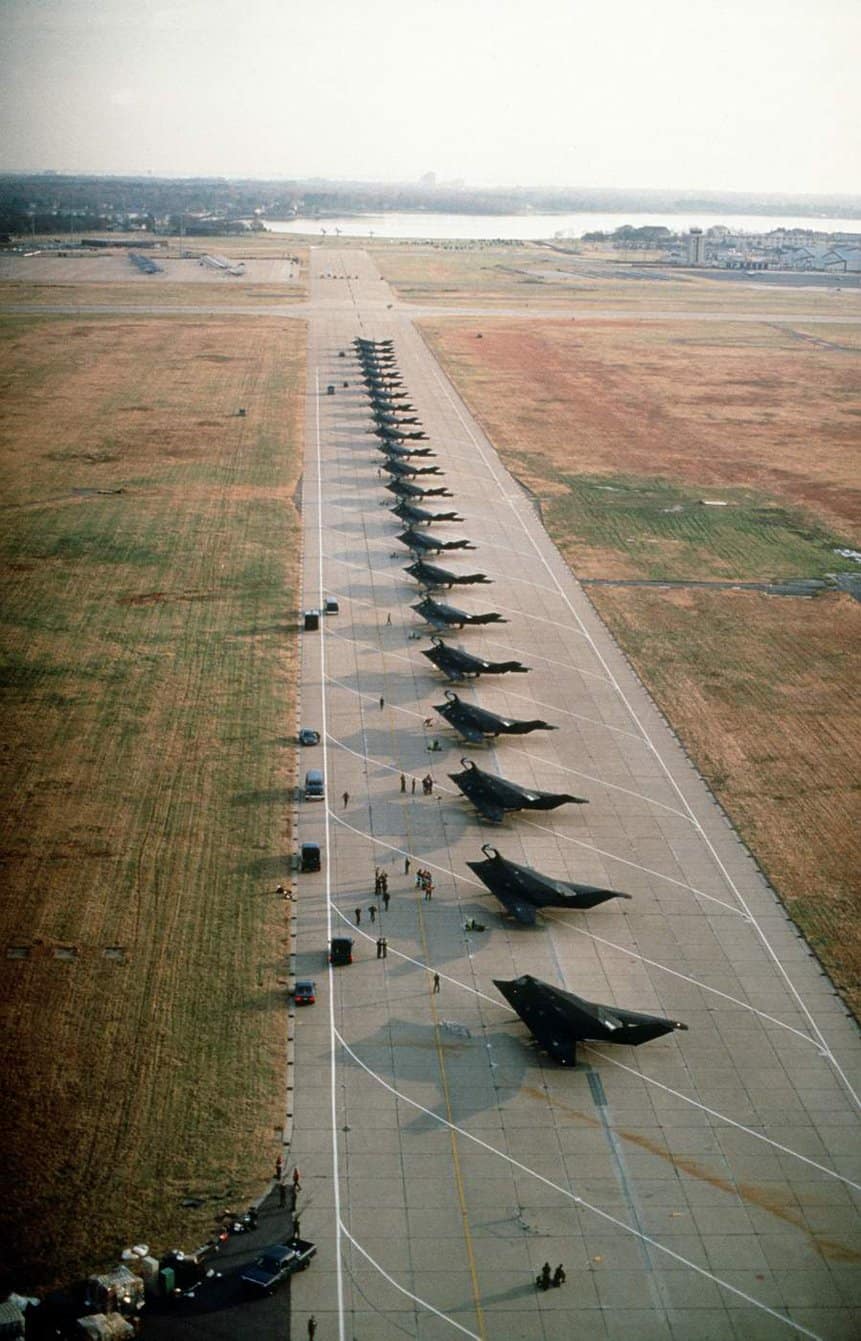
Born from a Soviet study, made to attack Soviets
In 1964, Soviet researcher and mathematician Pyotr Yakovlevich Ufimtsev published his study titled MEdge Wave Method in the Physical Theory of Diffraction, where he explained that the strength of the return of a radar echo had more to do with the shape of the object where the wave “hits” than with the size of the object itself.
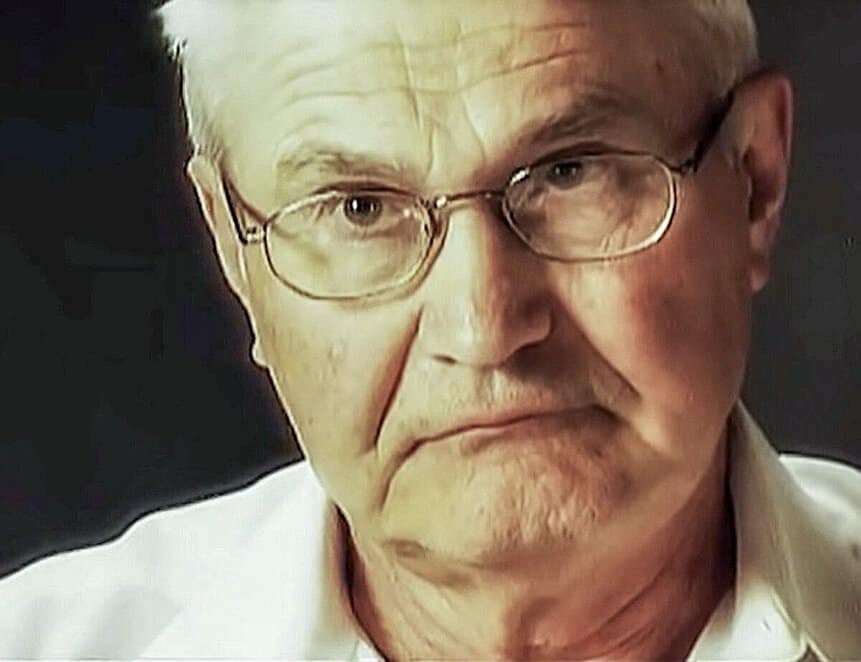
Years later, Denys Overholser, an engineer and analyst at the US company Lockheed Corporation (today Lockheed Martin), obtained Ufimtsev's studies and translated them. In summary, the manufacturer's employees came to the conclusion that an aircraft with faceted surfaces could deflect the radar waves, without sending the return to the emitter.
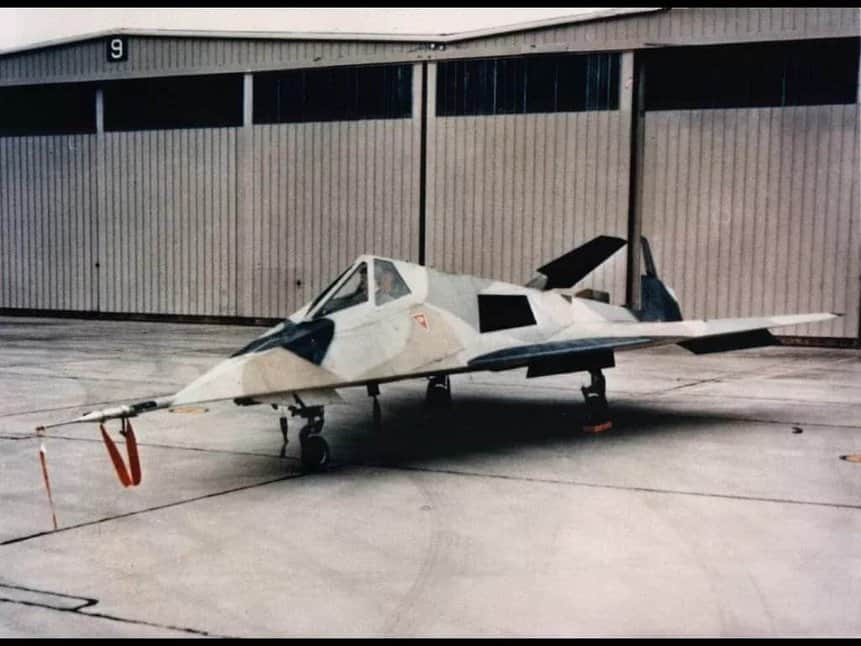
Then was born the Have Blue Project, conducted by Skunk Works, the secret projects division of Lockheed, with the US government at the highest level of secrecy. Skunk Works is responsible for developing aircraft such as the U-2 Dragon Lady, A-12 Archangel, SR-71 Blackbird and F-22 Raptor.
From Have Blue came two prototypes, HB1001 and 1002, whose first flight took place in December 1977 and both were lost in accidents. Still, the results of Have Blue's tests and experiments were satisfactory. Then the US government started the program Senior Trend in late 1978, which would give rise to Nighthawk.
Among the functions of the Nighthawk was the transport and launch of nuclear bombs on Moscow and other strategic targets in the USSR in case the Cold War heated up. Ironically, the F-117 emerged from a Soviet study and was created to attack the Soviets. Today, Pyotr Ufimtsev is considered the father of stealth, a concept that guides the development of the most modern fighters.
The Air-Air Capacity
Since 1962 the US has used a system of standard designations to identify its aircraft, roles and variants through letters and numbers. F stands for Fighter, for fighter, A for Attacker, for attack aircraft, P for Patrol, patrol, B for Bomber and so on. The F-117 was designed from the ground up as a small, agile attack aircraft, lacking radar and only carrying bombs to precisely destroy targets or obliterate large spaces with nuclear warheads.
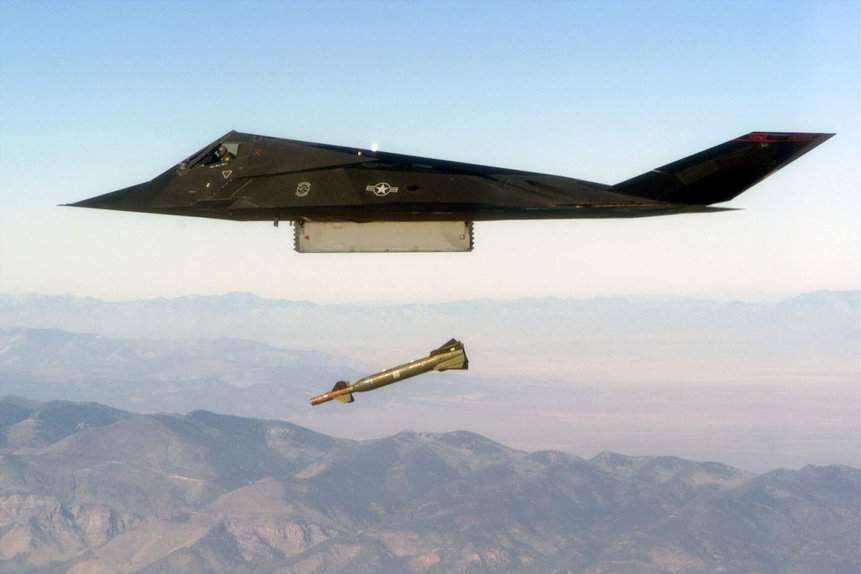
Even so, the Nighthawk received the prefix F, despite not being a fighter per se, something that generates discussions and controversies to this day. The same happened with the F-111 Aardvark, a supersonic tactical bomber that served the United States and Australia. For years it was generally agreed that the F-117 was a purely attack aircraft, with no air-to-air engagement capabilities, i.e. against other aircraft.
However, a podcast interview revealed an unexpected curiosity about the F-117. During an episode of fighter pilot podcast, hosted by former naval aviator Vincent “Jello” Aiello, Robert “Robson” Donaldson, a retired Michigan Air Guard major and former F-117 pilot, claimed that the “black diamond” could use every weapon in the American arsenal with exception to the AIM-7 Sparrow air-to-air missile, a radar-guided missile, an instrument that the aircraft did not have. Robson pointed out that one of the goals of the F-117 pilots was the shooting down of USSR early warning aircraft.
“Yes, it is actually an attack jet, but it had limited air-to-air capability”, said the Major. "It was America's silver bullet to Moscow, to drop nukes on Moscow or anywhere else in the world that was needed at the time […] and our secondary role was to shoot down the Soviet AWACS. We were invisible to their radars, we wanted them controlling their airspace… So coming in and coming out [of the bombing] you could have a Soviet AWACS painted on the side of the aircraft.”
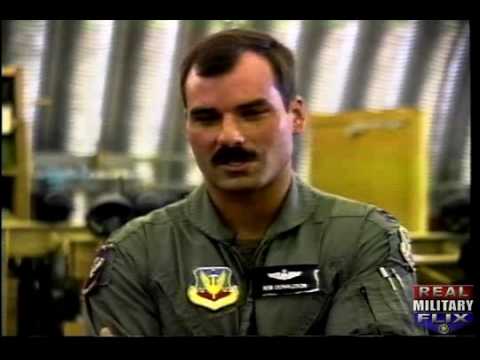
The 1999 Slaughter
In March 1999, NATO (North Atlantic Treaty Organization), a military alliance led by the US, began Operation Allied Force, attacking Yugoslavia on account of crimes against humanity in Kosovo. Conflict can be better understood in this video from the Nerdologia channel. More than 1000 multirole aircraft from the alliance members attacked the forces of Yugoslavia and among them was the Nighthawk.
The F-117 had its baptism of fire during the Invasion of Panama in 1989, in addition to seeing intense combat during the Gulf War in 1991. About 1300 combat sorties were flown by the black jets in the Middle East. Despite being unveiled to the public in 1988, little was known about the aircraft yet. Only in 1992 were they transferred from Tonopah base, in the middle of the Nevada desert and not far from Area 51, to Holloman Air Force Base in New Mexico.
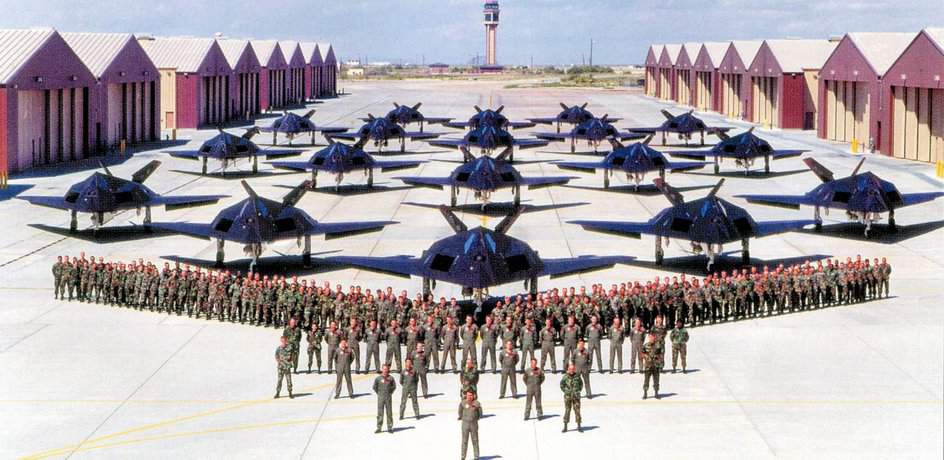
Even with all the operational experience with the aircraft, the unexpected occurred on March 27, 1999. During a bombing mission, the F-117 registration 82-0806, callsign Vega 31 and piloted by Lieutenant Colonel Darrell Patrick “Dale” Zelko was shot down by a surface-to-air missile (SAM) from a Soviet S-125 Pechora system.
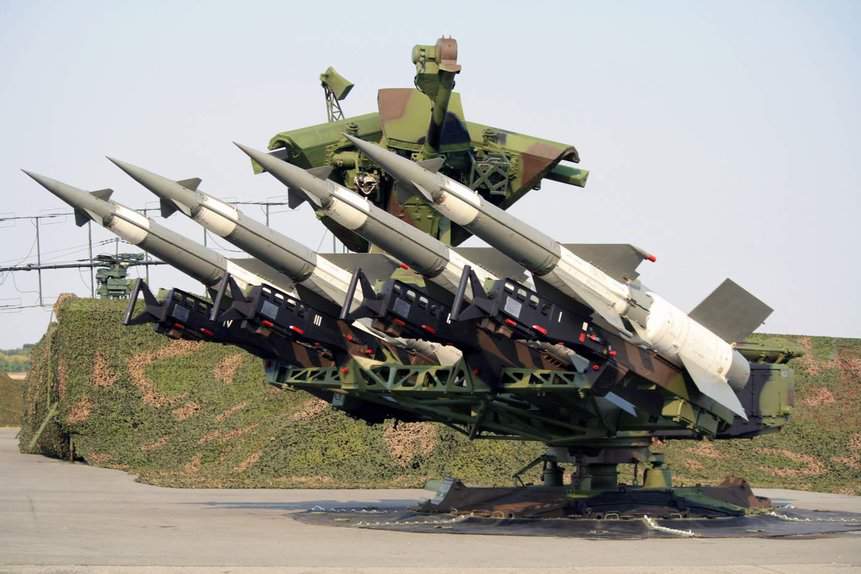
Along with the B-2 Spirit, the F-117 was the spearhead of American bombers in the area, almost immune to radar. Zelko ejected, evaded capture by several military personnel and civilians who went after him, and was rescued by US Air Force Combat Search and Rescue (CSAR) teams the next morning.
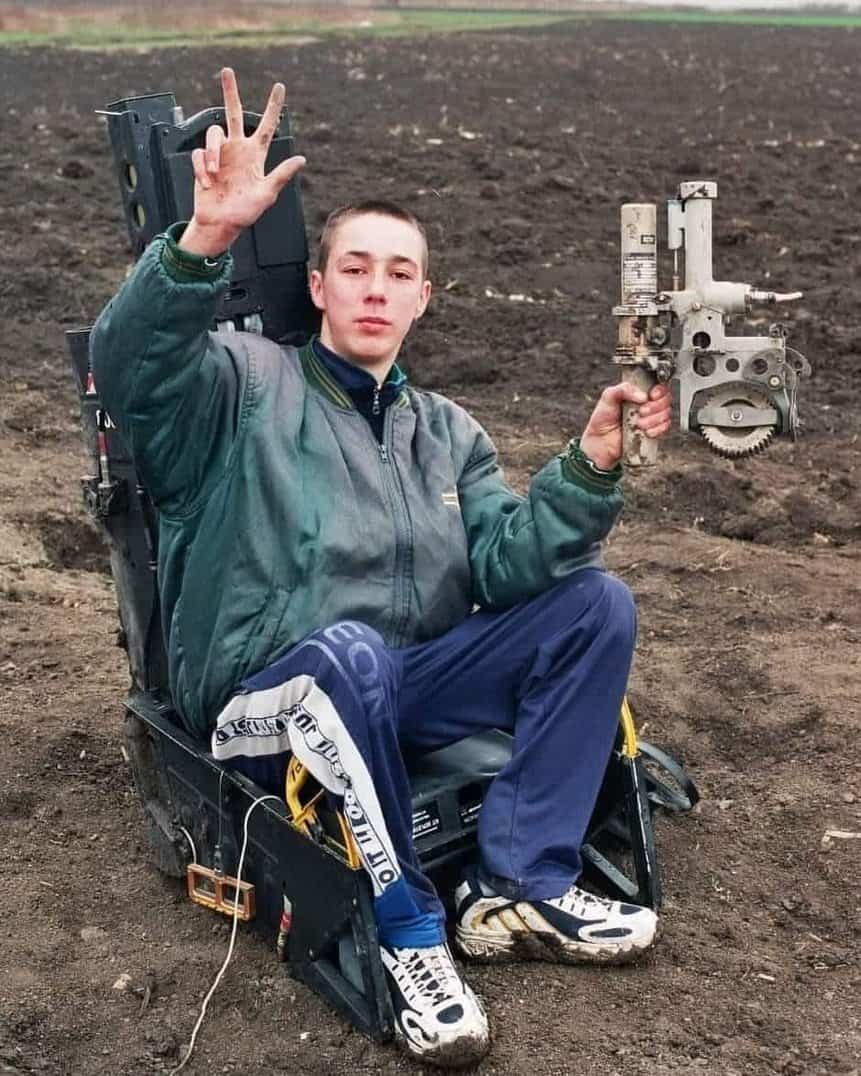
It was later revealed that the battery's commander, Colonel Zoltán Dani, had modified the equipment's systems to improve detection capability and engagement time. In addition, other factors contributed to the downing of Lieutenant Colonel Zelko's F-117.
The first is that on the night of March 27, there were no EF-111 Raven or EA-6B Prowler electronic warfare jets to interfere with the SAMs present in the area. Even though it is a stealth aircraft, the F-117 is not 100% invisible to radars and the same goes for any existing stealth aircraft, even the most modern ones. The idea of stealth is to decrease detection distance until it is simply too late to do anything, giving friendly aircraft a much greater “slack” from engagement.
Sources claim that at the time Zelko's jet was detected, the aircraft's bomb bay doors were open, which increased its radar signature, allowing it to be identified by the battery sensors commanded by Zoltán Dani. That would be the second factor.
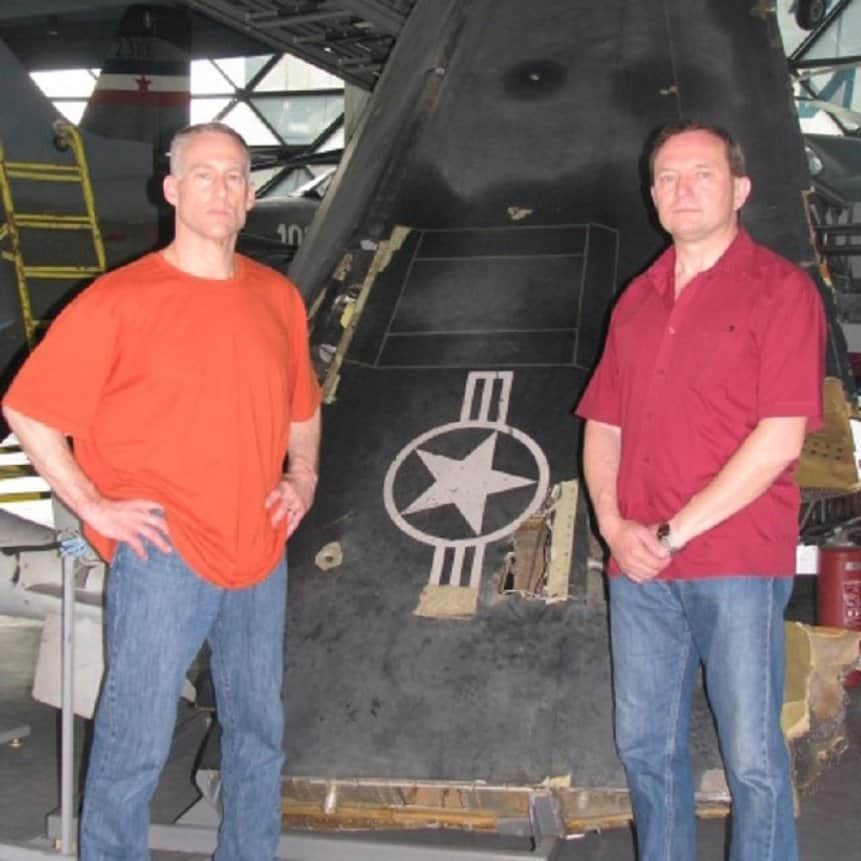
Years later, Zelko and Zoltán began to have contact through letters, met and became good friends. Zeljko Mirkovic, a producer who had already made a documentary about Dani, produced another documentary about their meeting in 2011, called The Second Meeting.
In 2020, Lieutenant Colonel Charlie “Tuna” Hainline, another former F-117 pilot, revealed on the podcast The Afterburn that the Yugoslav military even hit another Nighthawk during the NATO campaign in 1999, after Zelko had been shot down.
Hainline says his wingman was hit during a bombing mission against communication antennas. With the aircraft damaged, he struggled to refuel in flight, but managed to get the attack jet back to base.
Retiree? Only not.
In 2008, all F-117s were officially retired. However, unlike the largest of the US military's aircraft, the jets were not sent to the 309th Aerospace Maintenance and Regeneration Group (309th AMARG) at Davis-Monthan Air Force Base, Arizona's famous airplane graveyard. The aircraft were shipped back to Tonopah for “Type 1000 storage” where they were preserved for eventual need.
Despite the announcement of the withdrawal of stealth planes from service, multiple sightings were reported over the years. More recently, the USAF Air Mobility Command issued a notification that all of its KC-135 Stratotanker tankers can conduct in-flight refueling with the F-117s.
On 19/02/2021, photographer Matt Hartman spotted two F-117s flying over Los Angeles and accompanying a KC-135. Among the most unexpected appearances of the attack jets is the deployment of two aircraft in the Marine Air Base in Miramar, San Diego. It was there that the film Top Gun (1986) was filmed.
Some rumors on the internet say that the model would have been used in attacks in Syria. Already the portal The War Zone points out that the Nighthawks would be in operation acting as adversary aircraft (aggressor) in military exercises.
What is certain is that we still don't know in detail (and we probably won't know anytime soon) what the US Air Force still does with its remaining F-117s. About three units have already been sent to museums in the country and it is unclear how many are still flying.
Even today, 40 years after the first of 64 planes took off for the first time in the middle of the Nevada desert, the F-117 Nighthawk still attracts attention and generates debates in enthusiast circles, whether for its faceted diamond design or the mystery that take it with you.
Below, check out a gallery of images of the aircraft.
Do you want to receive our news firsthand? Click Here and be part of our Group on Whatsapp or Telegram.

